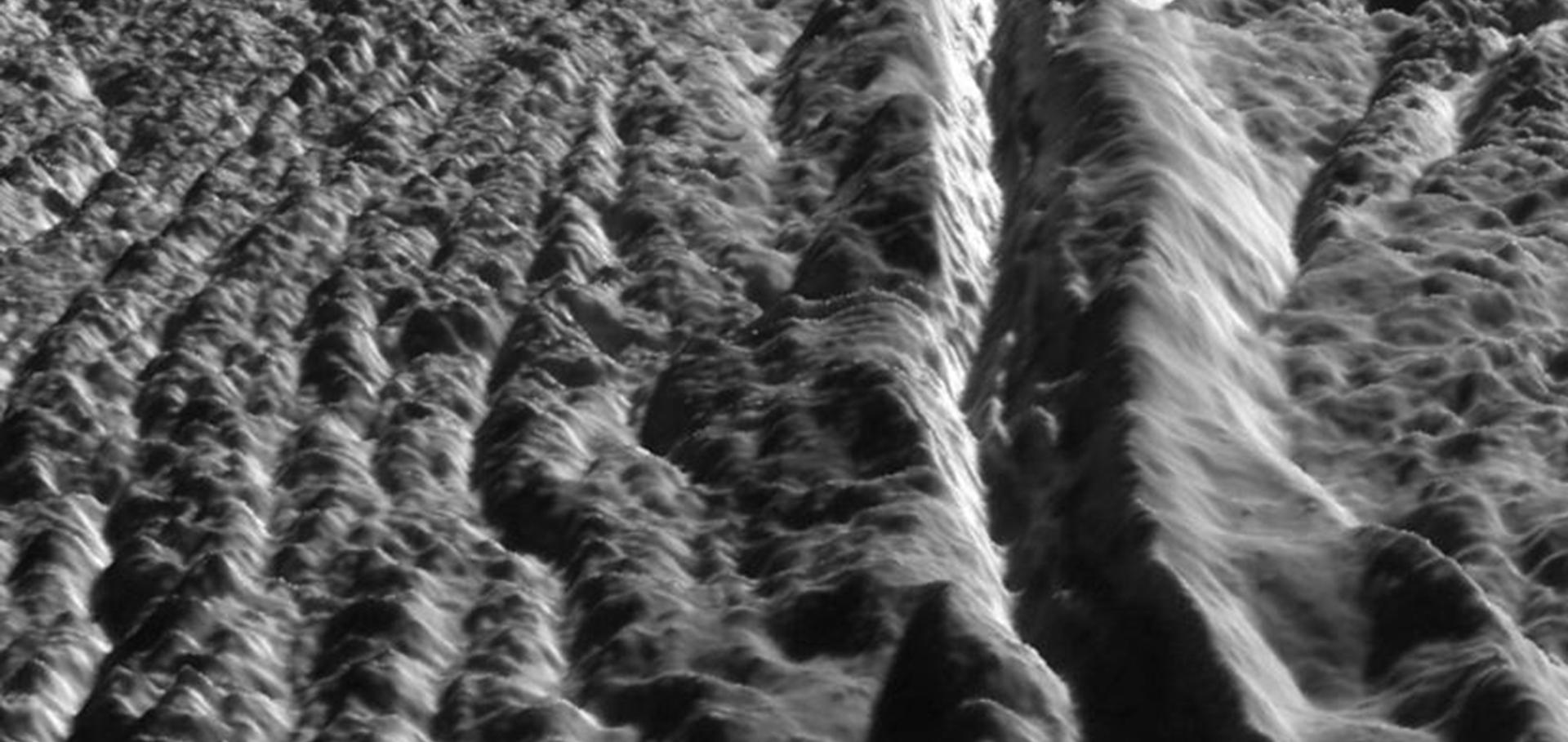The atmosphere of Pluto as observed by New Horizons
Science American Association for the Advancement of Science (AAAS) 351:6279 (2016) aad8866
Authors:
G Randall Gladstone, S Alan Stern, Kimberly Ennico, Catherine B Olkin, Harold A Weaver, Leslie A Young, Michael E Summers, Darrell F Strobel, David P Hinson, Joshua A Kammer, Alex H Parker, Andrew J Steffl, Ivan R Linscott, Joel Wm Parker, Andrew F Cheng, David C Slater, Maarten H Versteeg, Thomas K Greathouse, Kurt D Retherford, Henry Throop, Nathaniel J Cunningham, William W Woods, Kelsi N Singer, Constantine CC Tsang, Eric Schindhelm, Carey M Lisse, Michael L Wong, Yuk L Yung, Xun Zhu, Werner Curdt, Panayotis Lavvas, Eliot F Young, G Leonard Tyler, the New Horizons Science Team, F Bagenal, WM Grundy, WB McKinnon, JM Moore, JR Spencer, T Andert, J Andrews, M Banks, B Bauer, J Bauman, OS Barnouin, P Bedini, K Beisser, RA Beyer, S Bhaskaran, RP Binzel, E Birath, M Bird, DJ Bogan, A Bowman, VJ Bray, M Brozovic, C Bryan, MR Buckley, MW Buie, BJ Buratti, SS Bushman, A Calloway, B Carcich, S Conard, CA Conrad, JC Cook, DP Cruikshank, OS Custodio, CM Dalle Ore, C Deboy, ZJB Dischner, P Dumont, AM Earle, HA Elliott, J Ercol, CM Ernst, T Finley, SH Flanigan, G Fountain, MJ Freeze, JL Green, Y Guo, M Hahn, DP Hamilton, SA Hamilton, J Hanley, A Harch, HM Hart, CB Hersman, A Hill, ME Hill, ME Holdridge, M Horanyi, AD Howard, CJA Howett, C Jackman, RA Jacobson, DE Jennings, HK Kang, DE Kaufmann, P Kollmann, SM Krimigis, D Kusnierkiewicz, TR Lauer, JE Lee, KL Lindstrom, AW Lunsford, VA Mallder, N Martin, DJ McComas, RL McNutt, D Mehoke, T Mehoke, ED Melin, M Mutchler, D Nelson, F Nimmo, JI Nunez, A Ocampo, WM Owen, M Paetzold, B Page, F Pelletier, J Peterson, N Pinkine, M Piquette, SB Porter, S Protopapa, J Redfern, HJ Reitsema, DC Reuter, JH Roberts, SJ Robbins, G Rogers, D Rose, K Runyon, MG Ryschkewitsch, P Schenk, B Sepan, MR Showalter, M Soluri, D Stanbridge, T Stryk, JR Szalay, M Tapley, A Taylor, H Taylor, OM Umurhan, AJ Verbiscer, MH Versteeg, M Vincent, R Webbert, S Weidner, GE Weigle, OL White, K Whittenburg, BG Williams, K Williams, S Williams, AM Zangari, E Zirnstein

